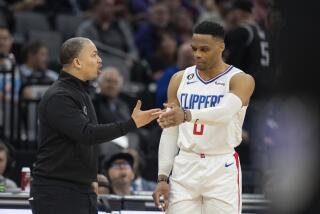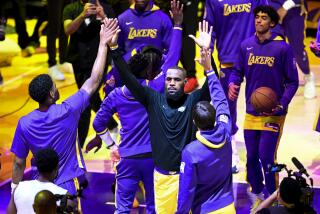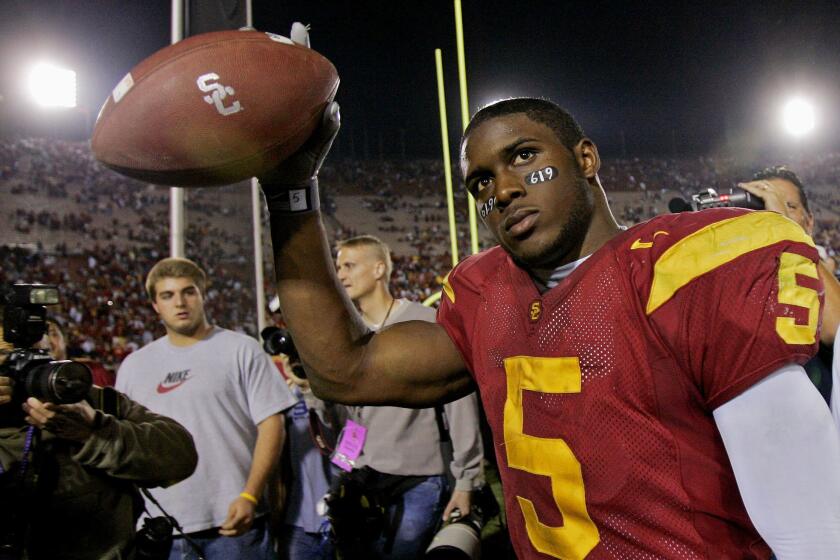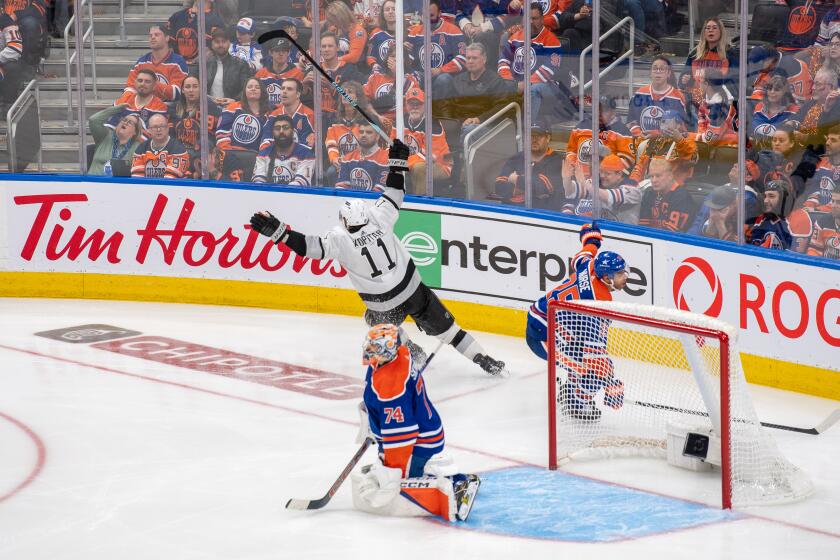NBA rules changes: What to expect for the 2018-19 season
Adjusting to the rule changes the NBA has implemented for the 2018-19 season was challenging for players and coaches during preseason games.
They have been trying to adapt to the three rule changes that were approved recently at the league’s Board of Governors meeting.
— The 24-second shot clock now will be reset to 14 seconds after an offensive rebound rather than be put back at 24 seconds. It will also reset to 14 seconds if the ball goes out of bounds after a deflection by a defender.
— The league attempted to make the clear-path rule simpler and the definition of “Hostile Act” was broadened with the objective of triggering instant replay reviews.
— Freedom of movement on the perimeter and in the post, respect for the game and traveling are points of emphasis.
To prepare his team for having less time on the clock after it resets, Clippers coach Doc Rivers informed his group of the philosophy he wants to employ when they have only 14 seconds to score.
Rivers told the Clippers if they get an offensive rebound and have two feet in the paint that he wants them to try to score. If not, pass the basketball to a player on the perimeter, spread the court, and run a pick and roll.
“The biggest thing is strategicwise where the shot goes up and you get an offensive rebound and the shot clock is at 14,” Clippers forward Tobias Harris said. “It’s just making sure we get the best look that we can get off of that.”
Freedom-of-movement calls appear to be the biggest point of contention with players and coaches.
NBA referees had been told to enforce rules when a player impedes the progress of another player. The league wants to eliminate holding, grabbing, pushing, shoving, wrapping and making contact when a screen is set.
“The rule hasn’t changed, they are just calling it more,” Lakers coach Luke Walton said. “So it is like anything, it’s habits. A lot of big players in the league just naturally do it, whether it is a hand on a hip. We’ve taught for years that if somebody is coming off a pick, get in front of him, chest him, take him off their line. So these are all habits that are going to have to be broken and retaught again.”
In the low post, the referees will call a foul if a player is dislodged from his position, wrapped up or clamped.
“As far as the physicality, we’re so used to trying to be as physical as possible, but it is a fine line,” Lakers forward LeBron James said. “You can’t grab. Obviously that’s not basketball. So you just have to read the game. You have to see how the game is being officiated. There’s going to be some games where it’s more physical than others. You just have to be able to adjust.”
The clear-path change reduces the numbers of variables an official has to consider when making the call.
A foul will now be called against any defender who obstructs an offensive player who has control of the basketball or has received a pass above of the top of the circle with a fast-break opportunity and no defensive player ahead of him.
The offensive player will be awarded two free throws and his team will be given the basketball out of bounds for another offensive possession.
The “Hostile Act” rule was expanded primarily to initiate replay reviews and to help referees determine the best penalty for players or coaches if they become involved in an altercation with each other as well as referees or fans.
Twitter: @BA_Turner
More to Read
Get our high school sports newsletter
Prep Rally is devoted to the SoCal high school sports experience, bringing you scores, stories and a behind-the-scenes look at what makes prep sports so popular.
You may occasionally receive promotional content from the Los Angeles Times.







